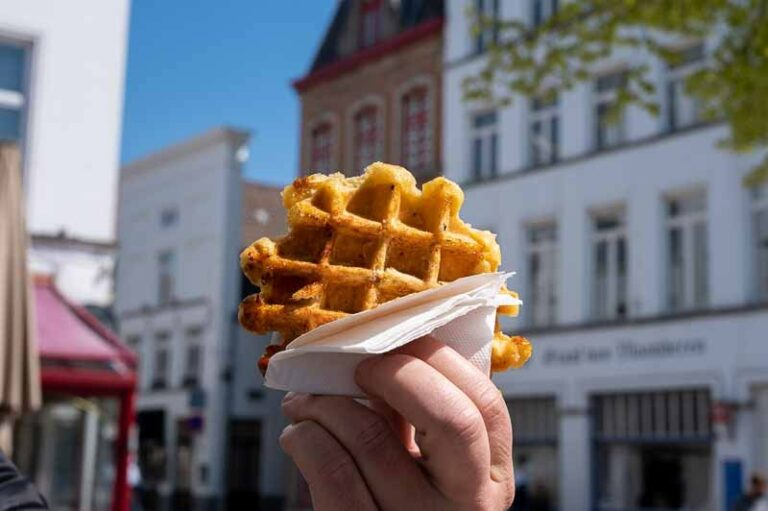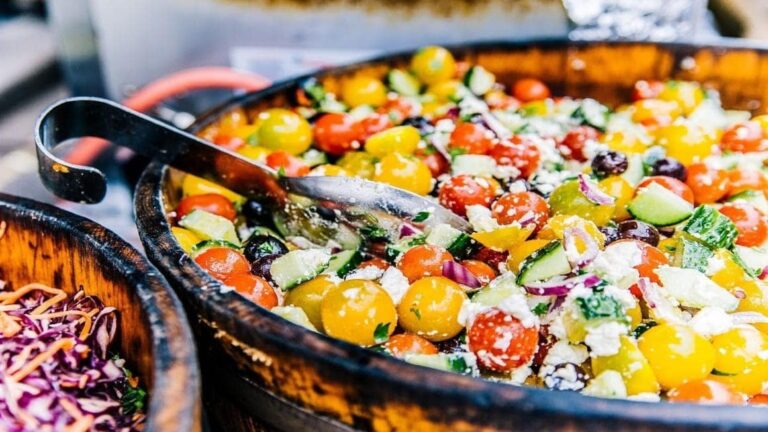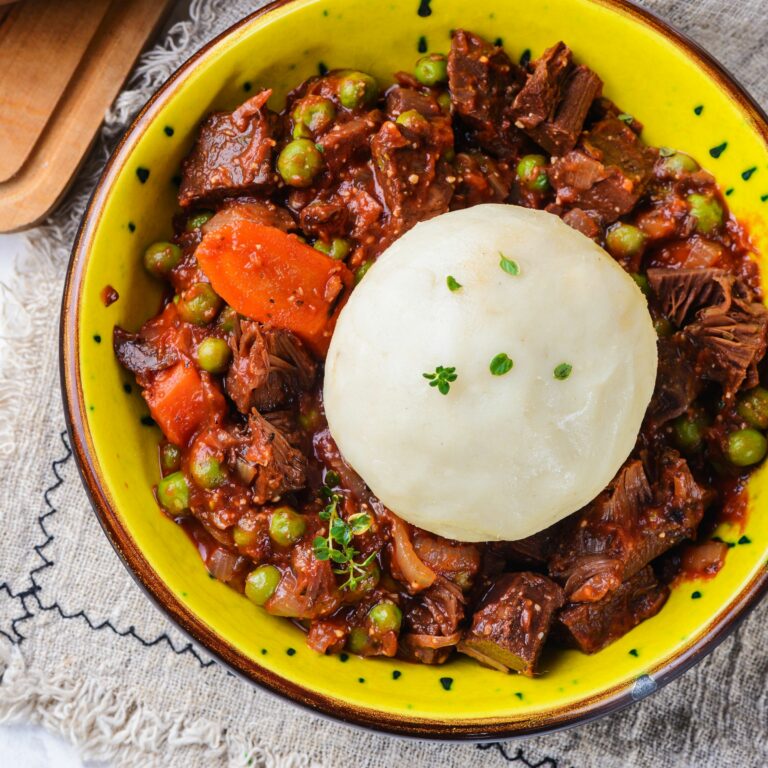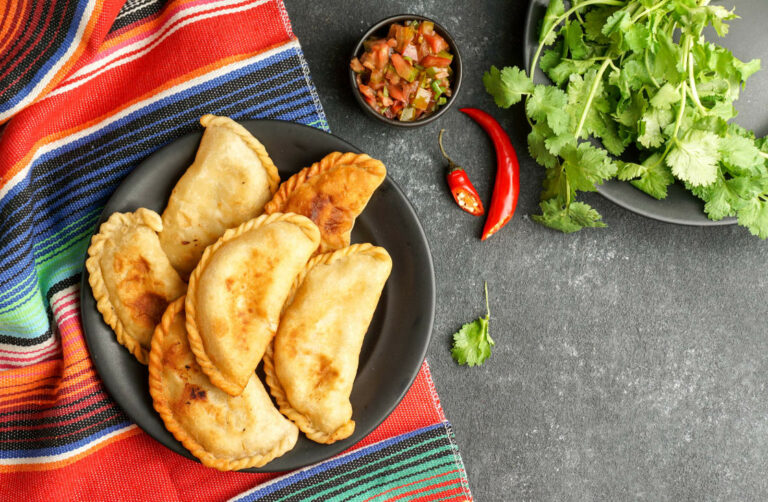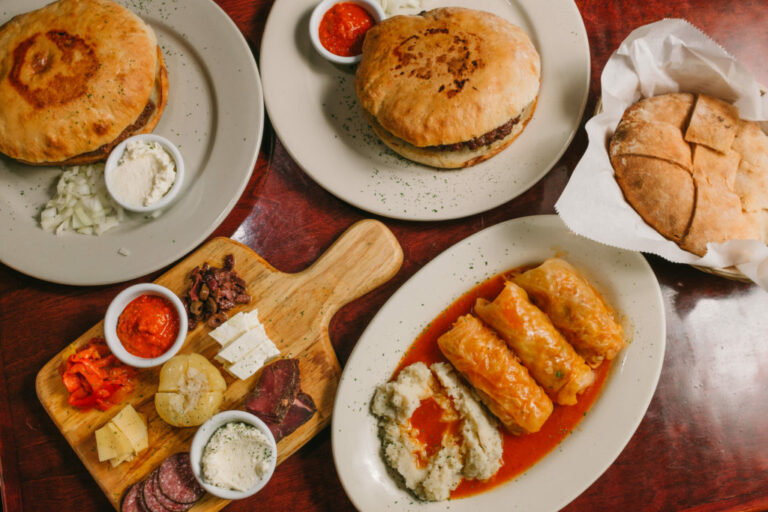Introduction: Popular Bangladeshi Dishes
Bangladesh is a country with a rich culinary heritage, influenced by Mughal, British, and Persian cuisines. Many of the dishes that have originated in Bangladesh are known for their unique blend of spices and flavors, which have been enjoyed by locals and tourists alike. While some Bangladeshi dishes remain lesser-known outside of the country, there are a few that have gained immense popularity and are now considered some of the country’s most iconic dishes.
Exploring the Bangladeshi Cuisine
Bangladeshi cuisine is known for its focus on spices, herbs, and flavors. The cuisine makes use of a wide array of ingredients, including various types of fish, meats, vegetables, lentils, and rice. One of the most popular spices used in Bangladeshi dishes is panch phoron, a blend of five spices that includes fenugreek, cumin, mustard, fennel, and nigella. Other commonly used spices include turmeric, chili powder, and coriander. The cuisine is also known for its use of mustard oil, which is considered a staple ingredient in many dishes.
The Potential of Bangladeshi Dishes
Despite the immense popularity of some Bangladeshi dishes, there are still many traditional dishes that remain lesser-known outside of the country. However, there is a growing interest in Bangladeshi cuisine, both among food enthusiasts and chefs. As such, there is great potential for Bangladeshi dishes to gain more recognition on the international stage.
Traditional Bangladeshi Dishes
Some of the most iconic Bangladeshi dishes include biryani, a rice dish with meat (usually chicken or beef), vegetables, and a blend of spices; shorshe ilish, a fish curry made with mustard oil and seeds; and doi bora, a snack made with lentil fritters and yogurt. Other popular dishes include chittagong chicken, beef kebab, and morog polao, a chicken and rice dish.
Bangladeshi Cuisine in International Markets
Bangladeshi cuisine has started to gain recognition in international markets, particularly in the United Kingdom and the United States. In fact, there are now several Bangladeshi restaurants and food trucks in these countries that offer a range of traditional Bangladeshi dishes. Additionally, several Bangladeshi chefs have gained recognition for their contributions to the culinary world.
The Role of Bangladeshi Cooking in Global Cuisine
Bangladeshi cuisine has played a significant role in the global culinary landscape, influencing dishes in neighboring countries such as India and Pakistan. Many of the spices and ingredients used in Bangladeshi dishes are also used in other cuisines, showcasing the impact of Bangladeshi cooking on the world stage.
Popular Bangladeshi Dishes Across the World
Some of the most popular Bangladeshi dishes across the world include biryani, shorshe ilish, morog polao, and chittagong chicken. These dishes have gained immense popularity not just within the Bangladeshi community but also among food enthusiasts and professionals worldwide.
Conclusion: Future of Bangladeshi Cuisine
The future of Bangladeshi cuisine looks promising, with growing interest and recognition on the international stage. As more people discover the unique flavors and spices of Bangladeshi dishes, it is likely that more traditional dishes will gain popularity across the world. With the continued efforts of chefs and food enthusiasts, Bangladeshi cuisine can continue to make its mark on the global culinary landscape.




